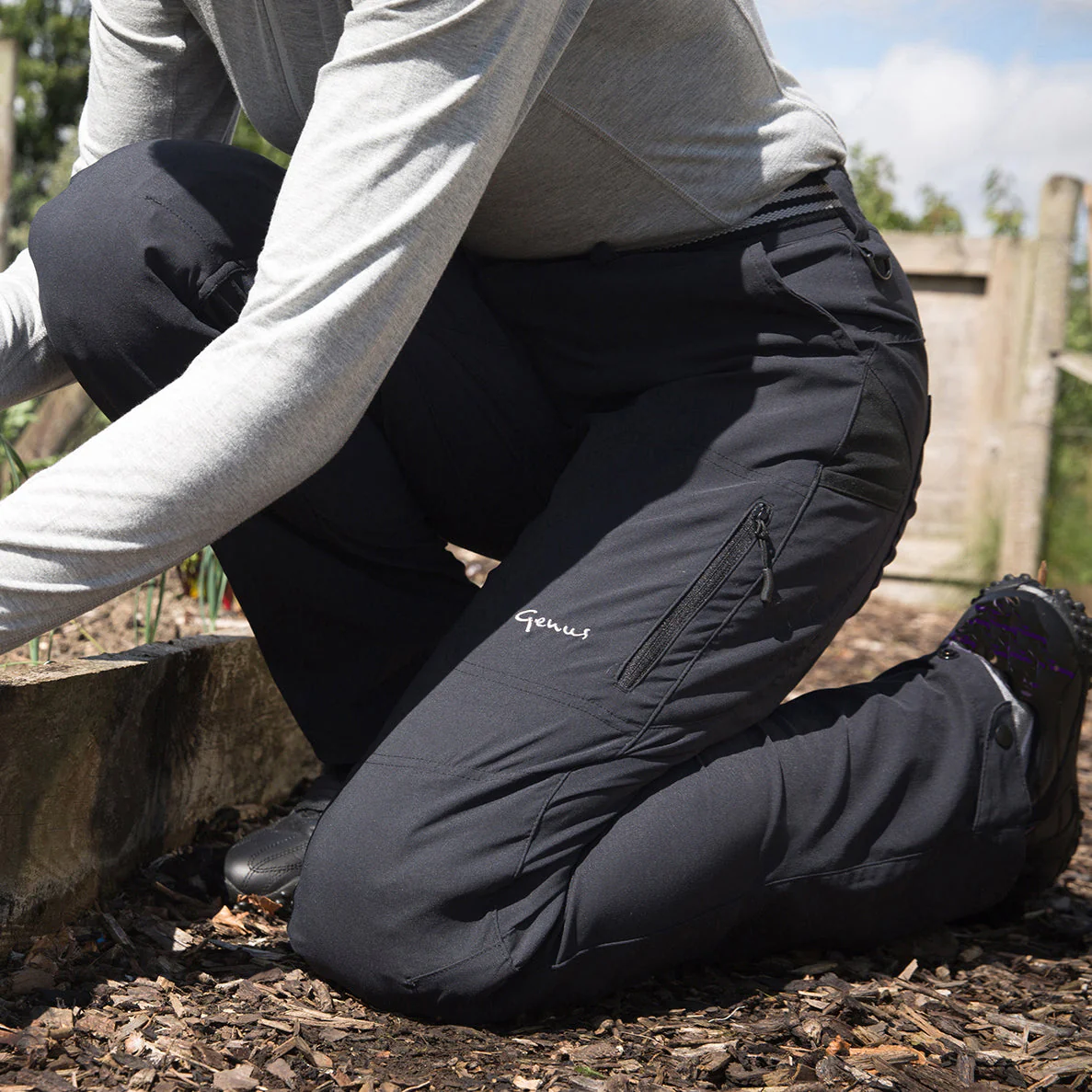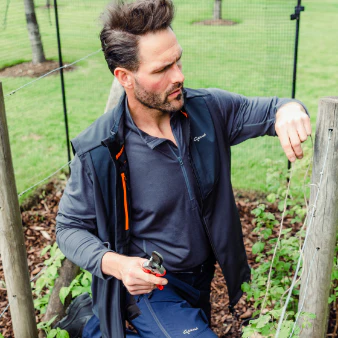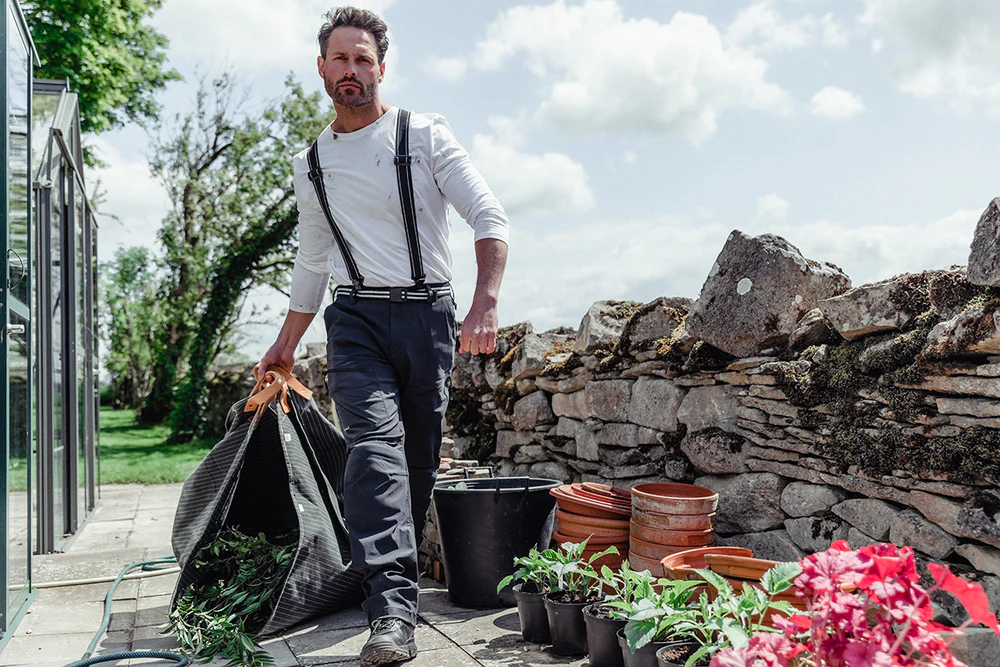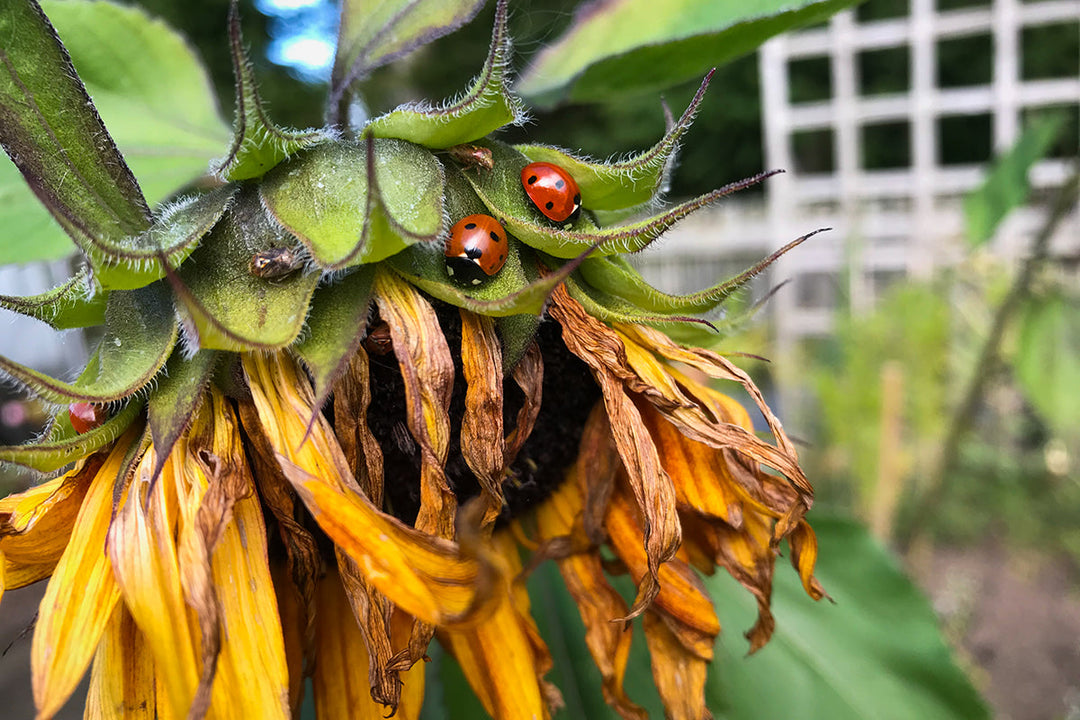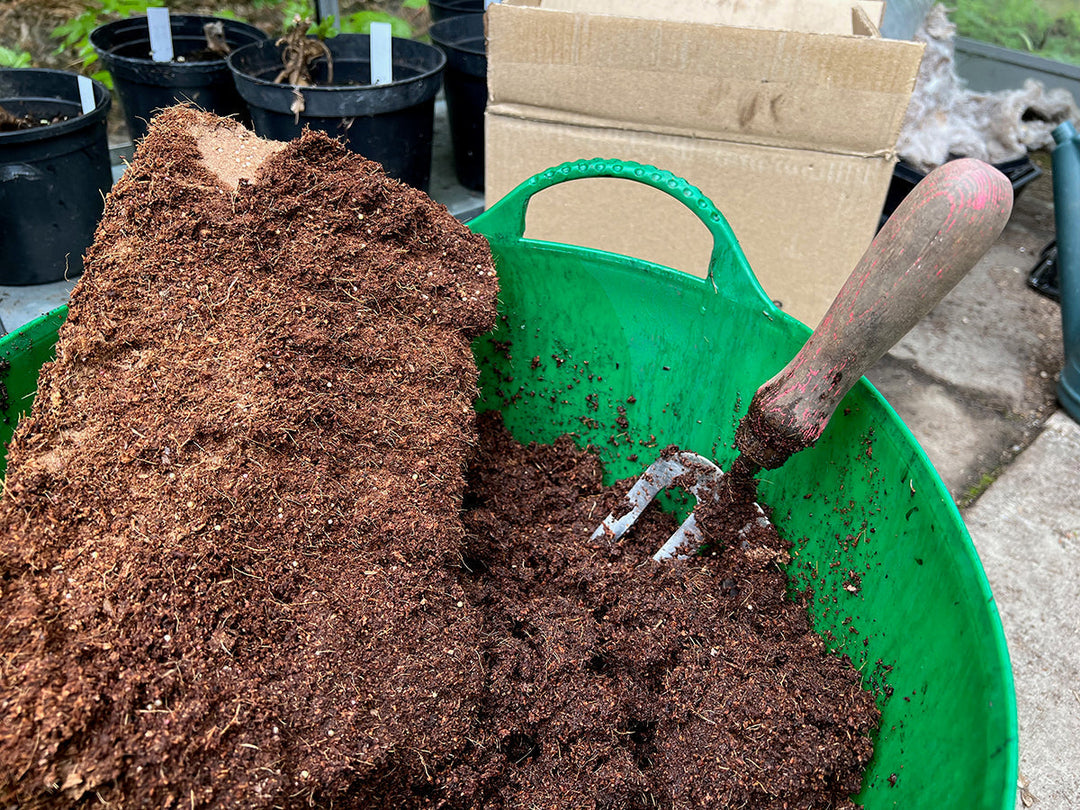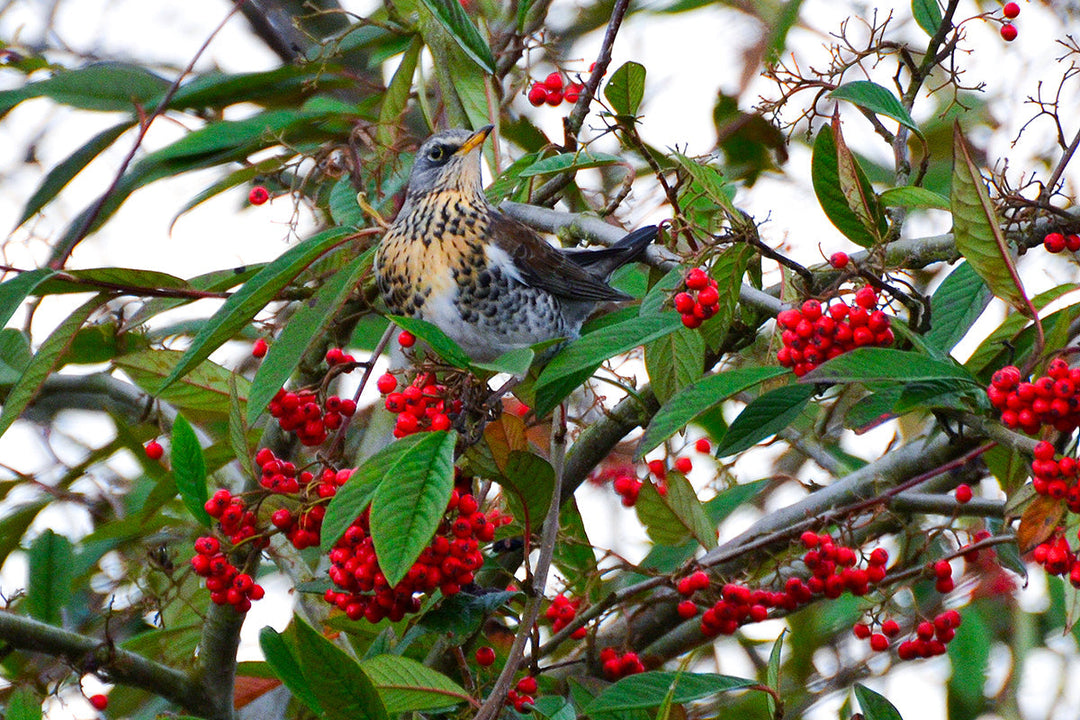On the plot - new plantings
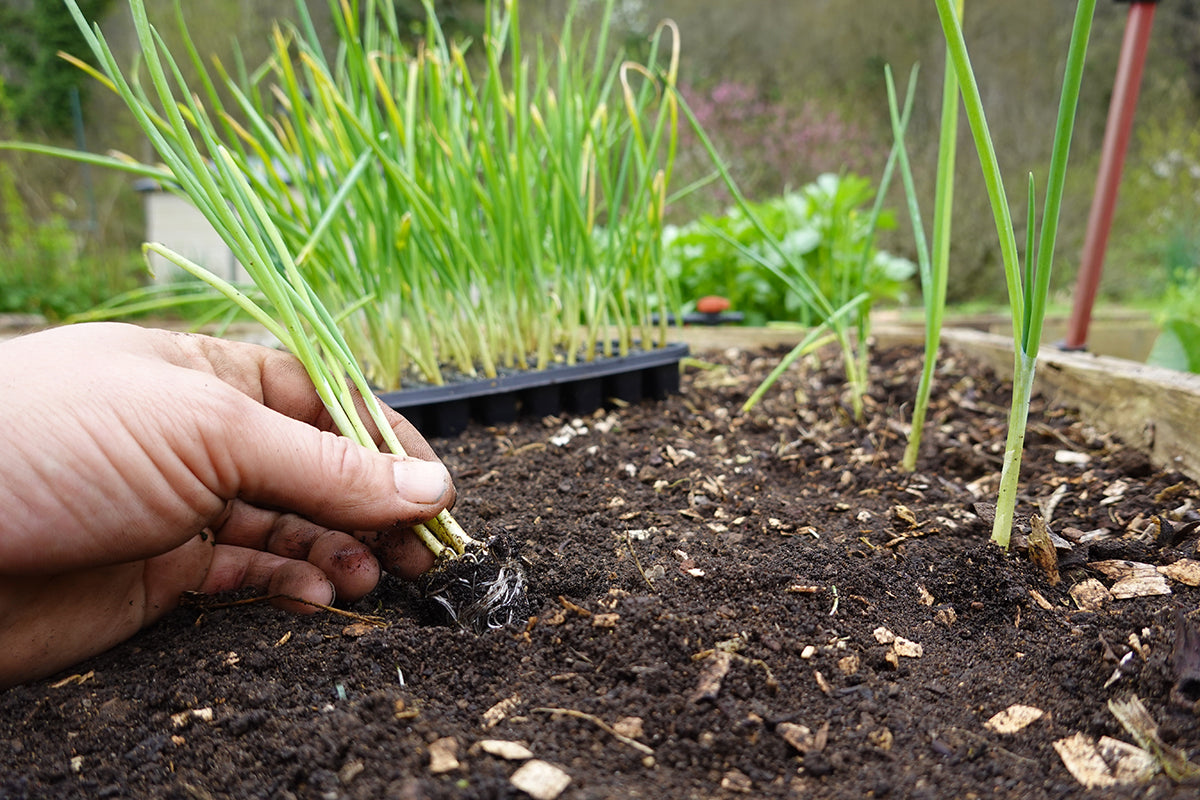
Onion from seed - try Cipolla borretana
Most of us are used to growing onions from ‘sets’ - ready grown baby onions. Growing from seed though is very easy and comes with the benefit of greater choice when it comes to deciding what to try. Cipolla borettana is a great favourite and can be incredibly expensive to buy especially when sold in small jars of balsamic vinegar.
The good thing about onion seeds is that they’re very quick to germinate, even in a cold greenhouse. They can be sown in trays in January where they’ll usually appear within 2 or 3 weeks. After a couple of months they can be potted into individual 9cm pots. In early April they can be planted out into the vegetable garden where they will continue to grow and be ready for harvesting around July.
Cipolla borettana is a flat onion and if you find it hard to obtain seed another variety that thinks it’s a pancake is Piatta of Bergamo. If you prefer shallots to use in your cooking try a variety such as Cuisse de Poulet du Poitou, sometimes sold as Zebrune. It’s a wonderful heritage variety that is large and tapered and loved by chefs for its sweet flavour.
Second Planting of Potatoes
Growing a second late crop of new potatoes to have on the Christmas table has become popular in recent years. Though a little more challenging than some suppliers would suggest, especially if you don’t live in the south of the country, they make for an interesting project.
The skill is in the timing. If planted too early, they will be ready well before Christmas. Too late and frosts may decimate any crop there is.
These potatoes aren’t special varieties. They are simply first or second early varieties that have been stored in climate-controlled conditions. You will see them being offered in July to early August. This timing will ensure you have plenty of time to prepare them for autumn planting.
Start to chit the tubers as soon as they arrive. If they come late don’t worry about the chitting process. Plant them at the end of August or the first week of September. This is the ideal planting period to achieve a Christmas harvest.
Carlingford and Charlotte are best varieties - these waxy salad potatoes are the easiest and most popular for second cropping. Maris Peer, though sometimes offered, gives a fairly poor yield according to a neighbour of ours. It’s best to avoid recently used potato beds as nutrients in the soil will be exhausted and there’s a possibility of disease building up. Growing in bags or pots can be a good idea. They can be brought in under cover if frost threatens before cropping and the potatoes produced come out looking like freshly laid eggs. If it’s particularly cold they can also be given a layer of horticultural fleece as extra protection. Good luck and let us know how you get on.
Salsify
Salsify is rarely seen in shops these days. Seen as a rather old fashioned vegetable, its popularity has waned in recent years. It’s surprising because the flavour of salsify is considered to be far superior to that of parsnips, a vegetable it resembles, although with a thinner root.
Salsify, often referred to as the vegetable oyster due to its subtle flavour, is very easy to grow so long as the soil has been well prepared and has plenty of depth. Like other root crops do not manure the year before which will cause the plants to fork.
Clay soils might benefit from the addition of sharp sand to the soil and compost to improve drainage.
Sow the seeds about 10 inches apart in April or May. The crop should be ready to harvest by October or November but can be left in the ground through to February. The danger of frosts can leave the crop locked in the soil so it can be a good idea to store them like parsnips or carrots in damp sand in a cool frost free environment.


